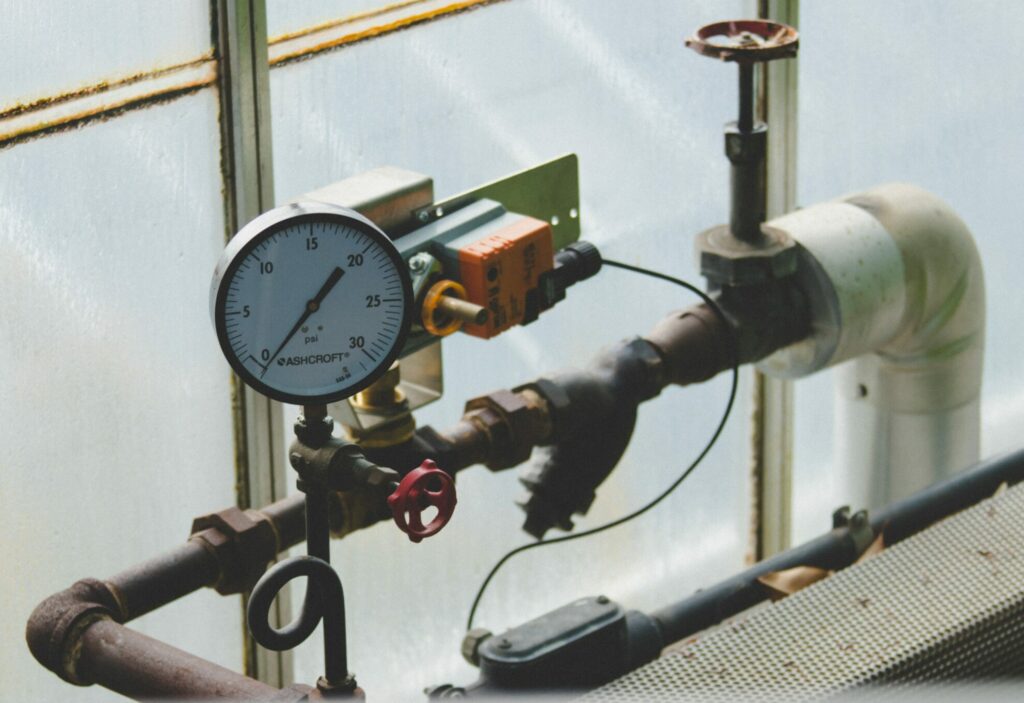The question of whether 27 psi is too low depends on several factors, such as the type of vehicle, the type of tire, and the conditions in which the vehicle will be driven. However, in general, a tire pressure of 27 psi can be considered too low and can have negative consequences for safety, performance, and fuel efficiency.

Tire pressure is critical to the safety and performance of a vehicle. The right tire pressure ensures that the tire can carry the weight of the vehicle and provides the necessary traction and stability for safe driving. The recommended tire pressure for a vehicle can usually be found in the owner’s manual or on a sticker on the driver’s side door jamb. However, it’s important to note that the recommended tire pressure is based on the vehicle’s original equipment tires, and if a different type of tire is used, the recommended tire pressure may be different.
When tire pressure is too low, several negative consequences can occur. One of the most significant risks is a blowout, which can cause the driver to lose control of the vehicle and result in a serious accident. Low tire pressure can also cause the tire to wear unevenly, reducing its lifespan and increasing the risk of a flat tire. In addition, low tire pressure can decrease fuel efficiency, as the engine has to work harder to move the vehicle, leading to higher fuel consumption and increased emissions.
The negative consequences of low tire pressure can be more significant for certain types of vehicles and tires. For example, trucks and SUVs have a higher center of gravity than passenger cars, which can make them more susceptible to rollovers if the tire pressure is too low. Similarly, low tire pressure can be especially dangerous for tires with a high aspect ratio, such as those found on some SUVs and trucks. These tires have a large sidewall, which can flex excessively when the tire pressure is too low, leading to overheating and tire failure.
Another factor to consider is the conditions in which the vehicle will be driven. For example, if the vehicle will be driven in cold temperatures, the tire pressure should be higher than the recommended pressure, as cold temperatures can cause the air inside the tire to contract, lowering the tire pressure. Similarly, if the vehicle will be driven in hot temperatures or on rough roads, the tire pressure should be checked frequently and adjusted as necessary to ensure that it remains at the recommended level.
In conclusion, 27 psi can be considered too low for tire pressure and can have negative consequences for safety, performance, and fuel efficiency. It’s important to ensure that the tire pressure is set to the recommended level for the vehicle and the type of tire being used. Regularly checking tire pressure and adjusting it as necessary is a simple yet effective way to improve the safety and performance of a vehicle, and can also help save fuel and reduce emissions. Remember, your tires are the only part of your vehicle that touch the road, so keeping them in good condition is essential for safe and efficient driving.